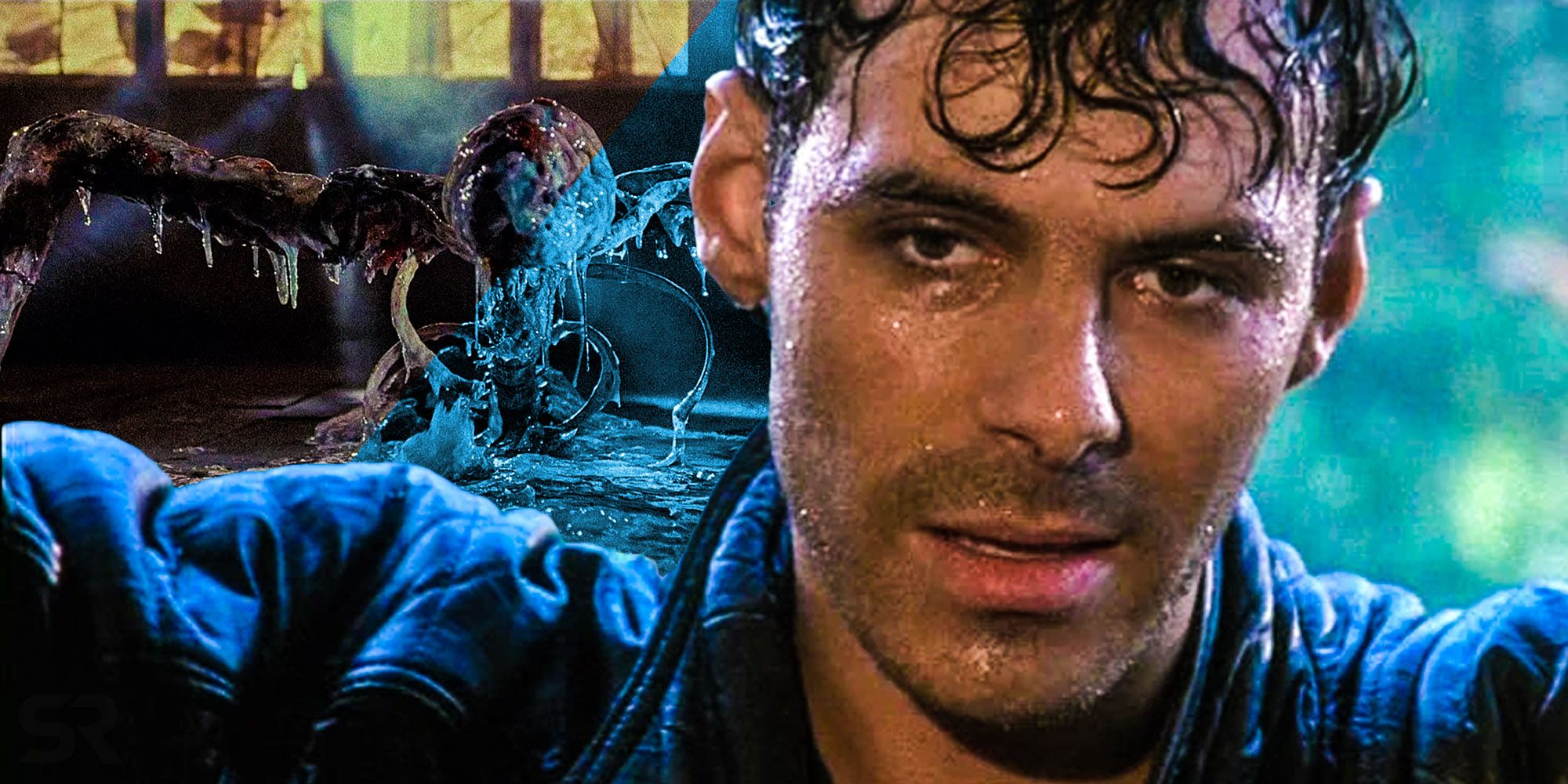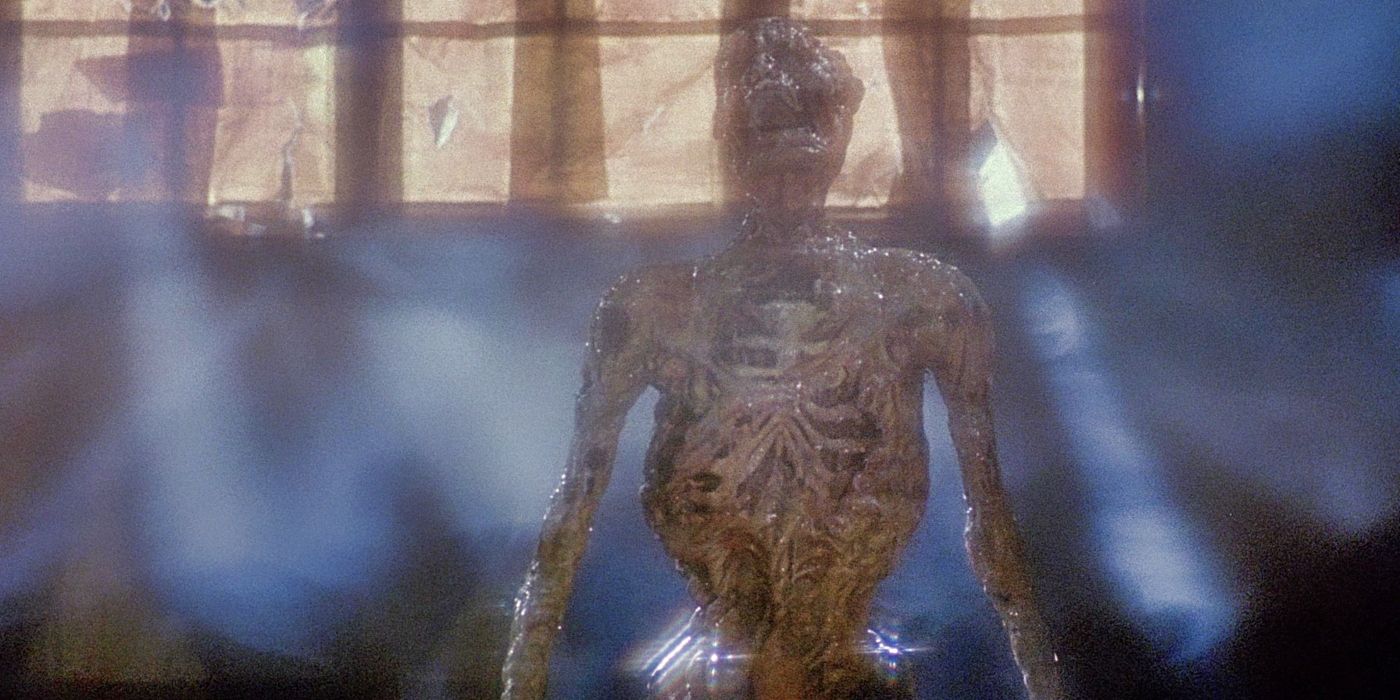
Here's how Frank's rebirth originally worked in Hellraiser, and why it was reshot for the final movie. Clive Barker's gruesome Books Of Blood novels established him as one of the best horror writers of his generation, and he soon moved behind the camera with 1987's Hellraiser, adapted from his novella The Hellbound Heart. There have been few horror movies as vivid and unique as Hellraiser either before or since, and it became a surprise smash hit.
While it may seem odd now, neither the producers nor Barker himself realized that Doug Bradley's "Lead Cenobite" - who would later be dubbed Pinhead by viewers - would become the icon of the series. In fact, the sequel Hellbound: Hellraiser II intended to set up Julia as the series villain, but Pinhead's popularity saw him led Hellraiser III: Hell On Earth. Sadly, the franchise's popularity swiftly declined from there, and a seemingly endless run of mediocre to terrible STV sequels followed.
The original Hellraiser itself almost plays out like a very twisted noir love story, where antihero Frank Cotton is on the run - albeit from skin flaying demons - while his ex-lover Julia brings him victims to replenish himself. One of the standout effects sequences of Hellraiser is the rebirth of Frank, who after being ripped to pieces by the Cenobites in the recent past, is accidentally revived when his brother spills blood on the floor of the attic where he died. In a virtuoso specials effects scene, his body slowly reforms to Christopher Young's lush score, but the original scene was much less impressive.

The original Hellraiser was shot on a small budget, and it was only after an early cut was screened for New World executives did they decide to sink some more money into it. It was the movie's co-editor - and future Hellbound: Hellraiser II director - Tony Randel who suggested making Frank's rebirth much more spectacular, as he felt there was a beat missing. In the original version, Frank's brother Larry spilled his blood and after he left, the camera looked over at a nearby wall, which started moving and cracking.
Inside the wall was a dried up, near mummified version of Frank, who was brought to life via a puppet, with the effects crew lipsyncing his dialogue. By all accounts, this Hellraiser effect didn't really work, and the crew was able to pull off a much more impressive sequence for the final version. The movie also dropped anything to do with the puppet Frank, though the mummy influence can still be seen in the early stages of Frank's resurrection.
from ScreenRant - Feed https://ift.tt/2PS42hx

0 Comments